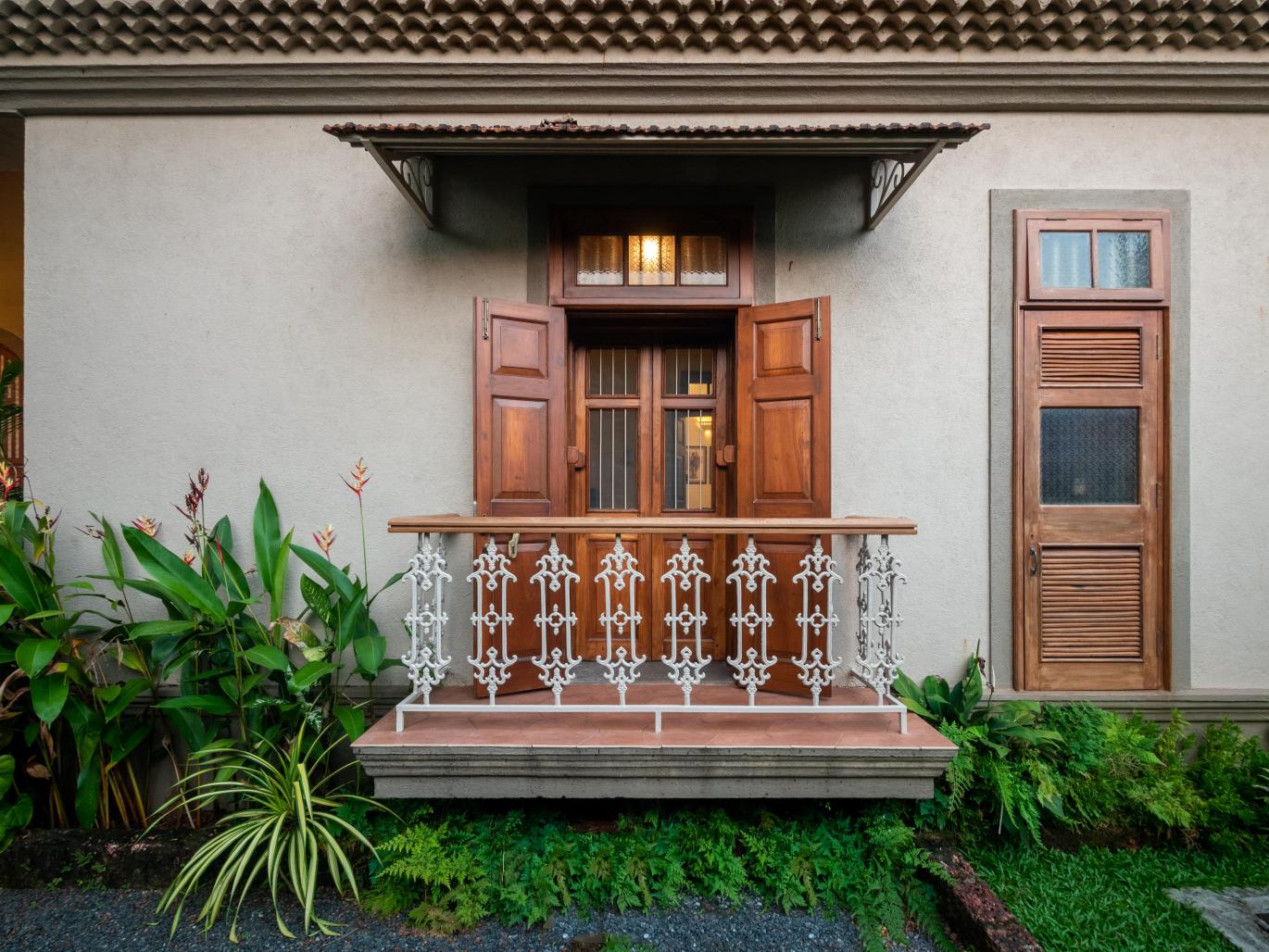Sustainability is not just a choice; it's a commitment to a flourishing future, where environmental responsibility becomes an integral part of our daily decisions and actions. In the architectural domain, the quest for sustainability has become a paramount concern. As we navigate the challenges posed by climate change, architects are increasingly turning to innovative solutions that harmonise with nature rather than exploit it. One such approach gaining traction is sustainable biophilic design, a paradigm that not only addresses environmental concerns but also prioritises human well-being through a thoughtful integration of nature into architectural spaces. In the following article, we'll delve into the insights of Ar. Jamshed Banaji, a distinguished figure in the field of architecture and the Principal Architect at Banaji & Associates. His expertise and innovative contributions shed light on the transformative potential of sustainable biophilic design in creating spaces that not only coexist harmoniously with the natural world but also prioritise the well-being of those who inhabit them.
Understanding Biophilic Design
Biophilic Design, at its core, is a concept rooted in the innate human connection with nature. It seeks to bring the outdoors inside, creating environments that foster health, happiness, and productivity. In 2024, this design philosophy is not just a trend but a necessity as we grapple with the urgent need to mitigate the ecological impact of our built environments.
Integration of Nature into Architecture
Going beyond the inclusion of potted plants or green walls, the approach transcends traditional boundaries. It encompasses a comprehensive strategy that welcomes natural elements, materials, and processes. Architects are actively seeking methods to integrate the built environment with the natural world, crafting spaces that breathe and evolve symbiotically with the ecosystem.
Energy Efficiency and Climate Resilience
Currently, sustainable architecture continues to prioritise energy efficiency. Strategic placement of windows for natural light, integration of shading elements, and the use of natural ventilation systems play a key role in optimising energy consumption. These thoughtful measures not only contribute to the reduction of buildings' carbon footprint but also bolster the resilience of structures in response to evolving climatic conditions.
Sustainable Materials and Circular Design
In the quest for more environmentally conscious architecture, the choice of materials becomes pivotal. Prioritising eco-friendly materials, incorporating recycled resources, and adhering to circular design principles are key elements. This not only lessens the ecological footprint of construction but also fosters the durability and adaptability of buildings over time.
Navigating the complexities of the 21st century, a new vision for environmentally conscious architecture has risen as a beacon of optimism. As of 2024, architects are not solely integrating nature into their designs but are reshaping the fundamental character of our constructed surroundings. This shift extends beyond being a mere trend; it represents a transformative change toward a balanced cohabitation of human habitats and the natural environment. This evolution envisions a future where architecture becomes a regenerative influence, benefiting both the planet and its inhabitants.
2023
Team Banaji & Associates
Team Banaji & Associates








